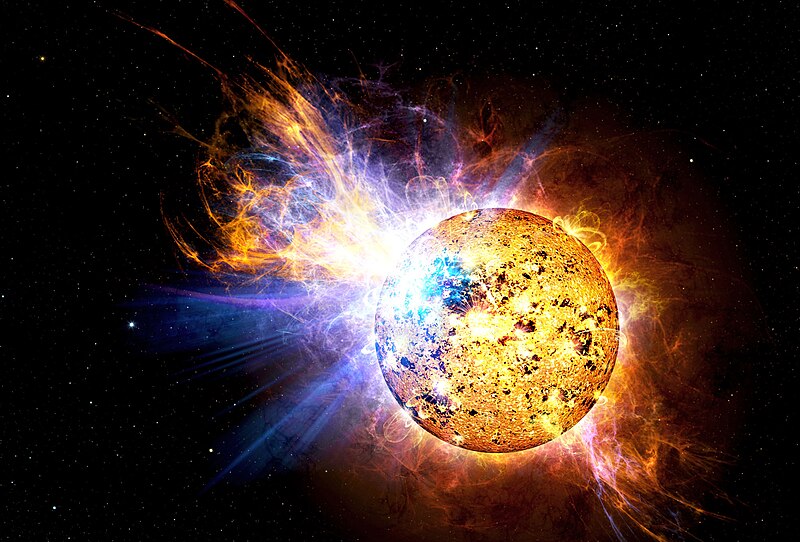ملف:Nasa EV Lacertae 250408.jpg

حجم هذه المعاينة: 800 × 542 بكسل. الأبعاد الأخرى: 320 × 217 بكسل | 640 × 434 بكسل | 1٬024 × 694 بكسل | 1٬280 × 867 بكسل | 2٬000 × 1٬355 بكسل.
الملف الأصلي (2٬000 × 1٬355 بكسل حجم الملف: 485 كيلوبايت، نوع MIME: image/jpeg)
تاريخ الملف
اضغط على زمن/تاريخ لرؤية الملف كما بدا في هذا الزمن.
| زمن/تاريخ | صورة مصغرة | الأبعاد | مستخدم | تعليق | |
|---|---|---|---|---|---|
| حالي | 07:32، 24 أكتوبر 2023 |  | 2٬000 × 1٬355 (485 كيلوبايت) | Юрий Д.К. | original quality |
| 01:16، 20 يونيو 2008 |  | 2٬000 × 1٬355 (301 كيلوبايت) | Kimse | Full resolution | |
| 21:45، 23 مايو 2008 |  | 1٬600 × 1٬200 (253 كيلوبايت) | Anetode | ||
| 14:13، 21 مايو 2008 |  | 946 × 710 (112 كيلوبايت) | Fer31416 | {{Information |Description=Explosión de EV Lacertae |Source= NASA |Date= |Author= NASA |Permission= |other_versions= }} |
استخدام الملف
الصفحة التالية تستخدم هذا الملف:
الاستخدام العالمي للملف
الويكيات الأخرى التالية تستخدم هذا الملف:
- الاستخدام في ast.wikipedia.org
- الاستخدام في bs.wikipedia.org
- الاستخدام في ca.wikipedia.org
- الاستخدام في de.wikipedia.org
- الاستخدام في en.wikipedia.org
- الاستخدام في es.wikipedia.org
- Lacerta
- Estrella fulgurante
- EV Lacertae
- Usuario:Jorghex
- Wikipedia:Candidatos a recursos destacados/Junio-2008
- Wikipedia:Candidatos a recursos destacados/Pipsqueak Star Unleashes Monster Flare.jpg
- Wikipedia:Recurso del día/julio de 2008
- Plantilla:RDD/186
- Wikipedia:Imágenes destacadas/Universo
- Wikipedia:Recurso del día/101 - 200
- Wikipedia:Recurso del día/abril de 2009
- Wikipedia:Recurso del día/junio de 2010
- Wikipedia:Recurso del día/diciembre de 2011
- Wikipedia:Recurso del día/diciembre de 2013
- Wikipedia:Recurso del día/junio de 2016
- Wikipedia:Recurso del día/septiembre de 2018
- Wikipedia:Recurso del día/enero de 2021
- Wikipedia:Recurso del día/diciembre de 2023
- الاستخدام في eu.wikipedia.org
- الاستخدام في ext.wikipedia.org
- الاستخدام في fa.wikipedia.org
- الاستخدام في fr.wikipedia.org
- الاستخدام في fr.wiktionary.org
- الاستخدام في it.wikipedia.org
اعرض المزيد من الاستخدام العام لهذا الملف.

